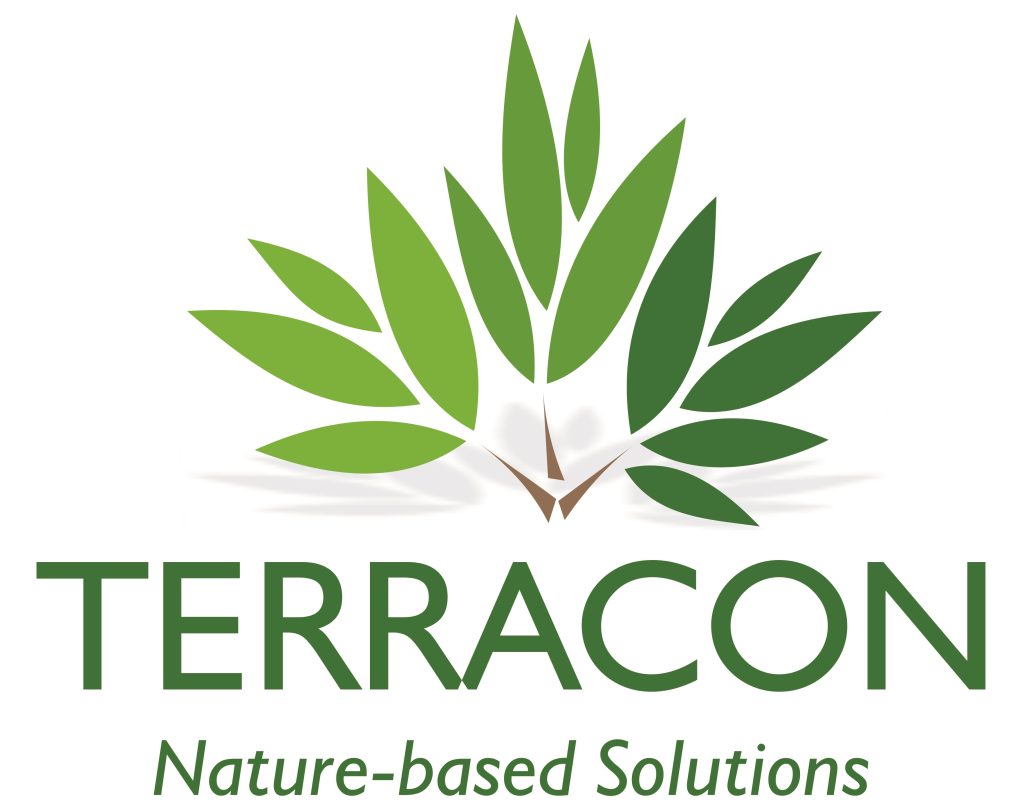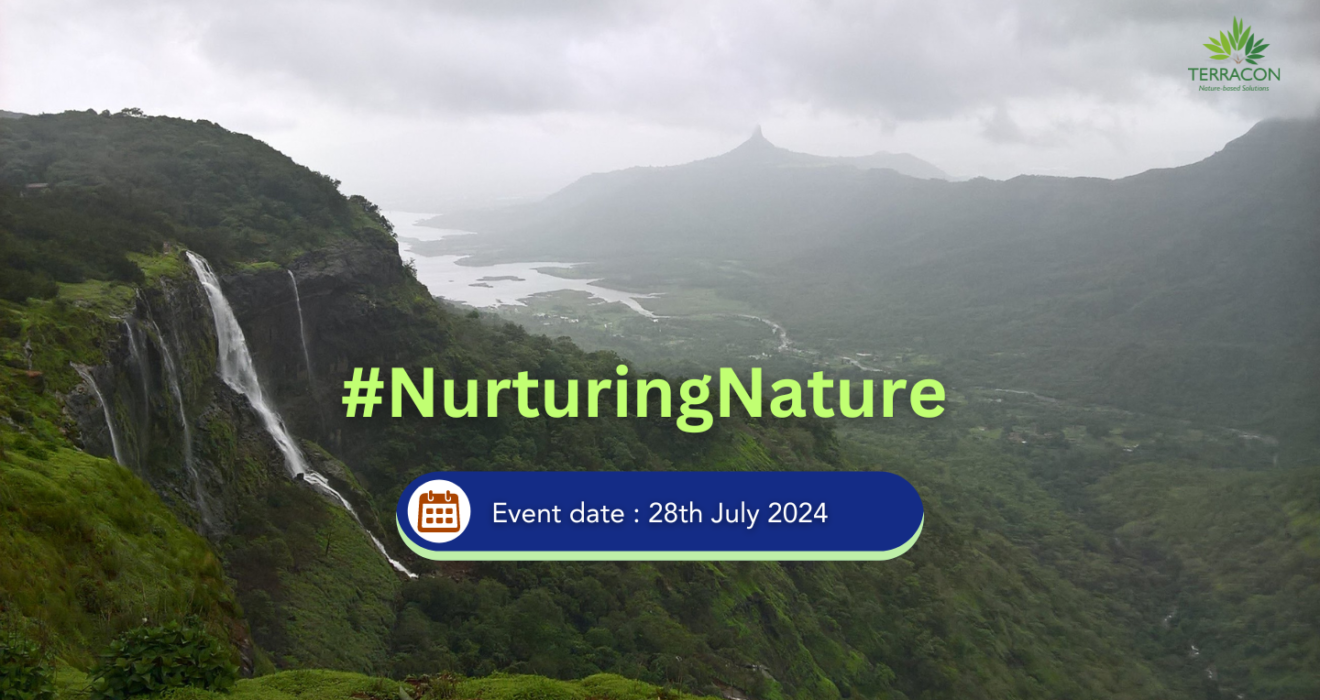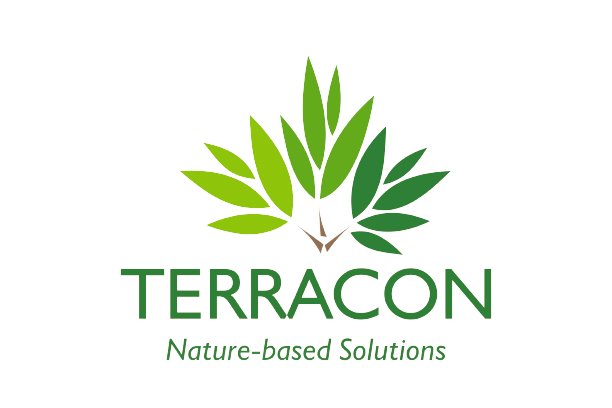Local native ecosystems, whether pristine, semi-natural, or thoughtfully restored, are gems of global significance. These vibrant ecosystems are our planet’s life support system, delivering clean water, fertile soils, pure air, and a bounty of food, fiber, and medicines that underpin human health and livelihoods. They also serve as nature’s shock absorbers, reducing the impact of natural disasters and playing a crucial role in climate change mitigation.
Yet, as we witness the relentless march of degradation and destruction, these invaluable systems are losing their ability to function and bounce back from disturbances. Protecting what remains is essential for preserving our natural and cultural heritage, but it’s not enough. The rate of ecosystem degradation demands more proactive and innovative approaches to ensure these vital systems continue to sustain us. The clock is ticking, and it’s time to act before it’s too late.
To keep our ecosystem services and products flowing sustainably, we need to ensure that native ecosystems grow and function better. This means investing in environmental repair activities like ecological restoration. These efforts should be large enough to make a real impact, whether the goal is carbon sequestration, improving livelihoods, boosting ecosystem services, or enhancing biodiversity. Ecological restoration aims for the best possible recovery outcomes to both make up for past damage and increase the extent and health of our planet’s endangered ecosystems.
Human activities are placing a great deal of pressure on the Earth’s resources. As human demands increase and the rate at which these demands need to be met also increases, Earth’s ability to replenish its resources diminishes. The present levels of human consumption are unsustainable. To ensure that the environment is not destroyed forever, human beings need to start living in a way that reduces their pressure on the environment and helps preserve the Earth’s resources for the future (ecologically sustainable development). This means that humans not only need to avoid destroying the environment any further but also attempt to repair the resources that have already been damaged.
Ecological sustainability refers to the capacity of the biosphere to meet the needs of the present generation, without hindering future generations from being able to meet their needs. This means using our natural resources wisely in the short-term so that these resources are available in the long-term. The idea of ecological sustainability relies on the fact that humans can exhaust (overuse) our natural resources, leaving nothing but polluted water and infertile soil for future generations. It promotes the belief that all humans must use resources wisely and efficiently so that these resources never become exhausted or over-polluted
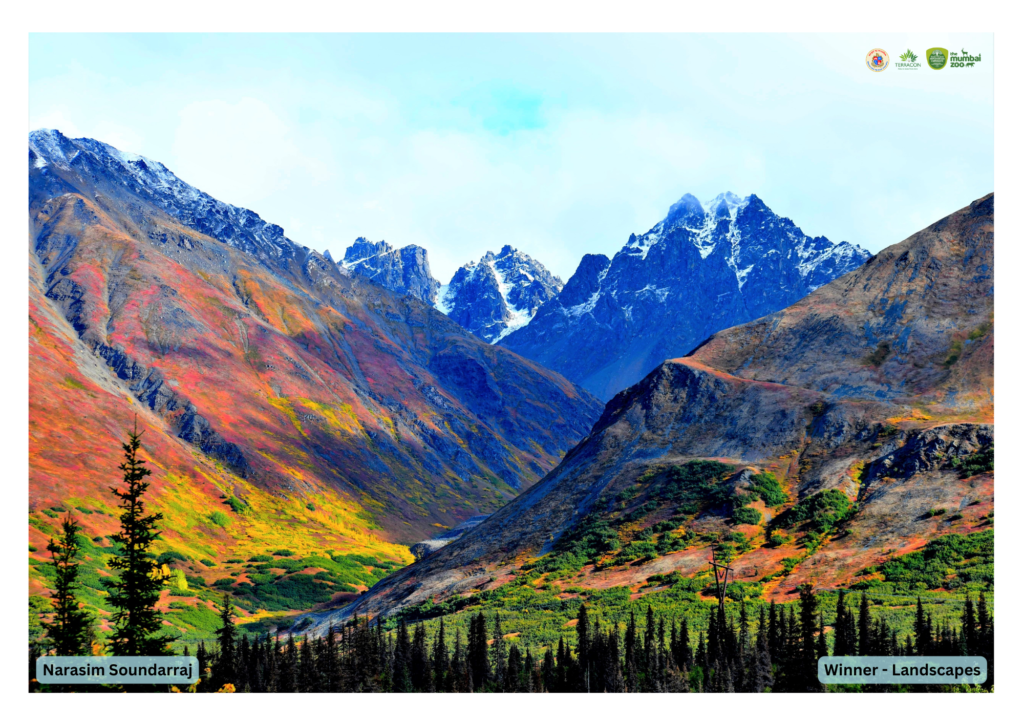
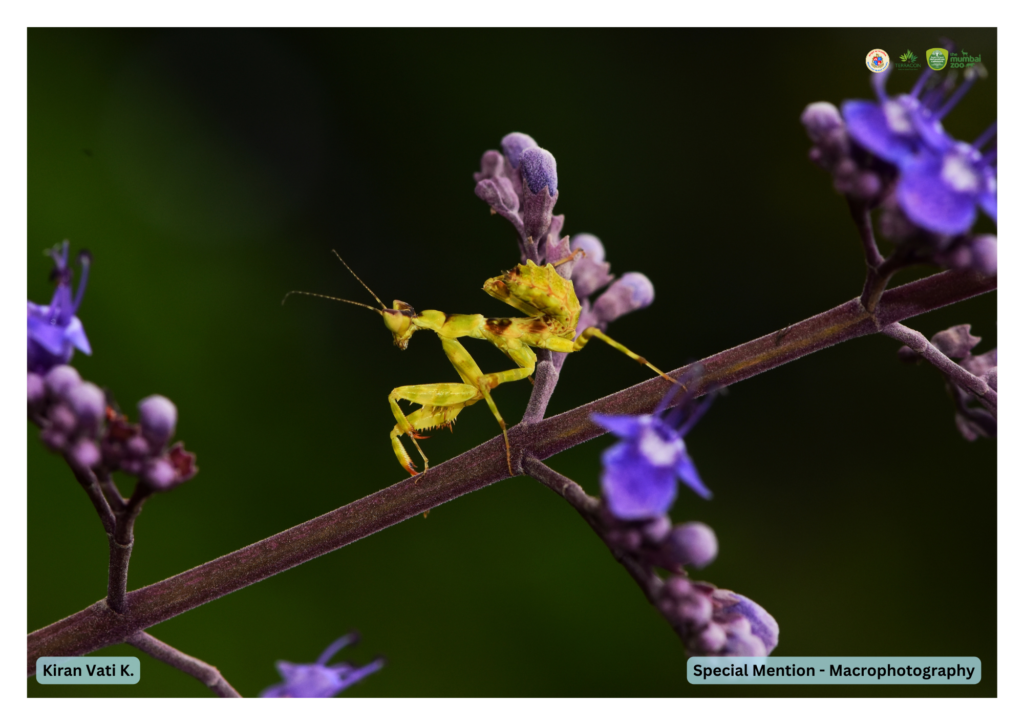
Landscape and insect species entries from our previous Wildlife Photography Event 2022
The principles of ecological sustainability lead us to the concept of Sustainable Development which promotes meeting the developmental needs of today’s population without impacting the ability of future generations to achieve their developmental needs. It means that generations in the future will have the same access that we do to the resources of the Earth. Sustainable development focuses on both the short-term and long-term impacts of environmental management decisions. It also considers the impacts those decisions will have upon a variety of communities and ecosystems around the world.
Sustainable Development also includes the ideas of conservation and preservation. Conservation is about sustainably using the Earth’s resources. This means reducing the spread of human impact on the physical environment by not touching things that are still in their natural state. This can mean both the natural environment, such as rainforests and the cultural environment, such as the remains of an ancient civilisation. Preservation practices are seen in the creation of national parks and World Heritage Sites.
Nature and Environment are as much a part of me as the air I breathe. I have been fascinated and interested in nature and environment since my childhood and I owe it to my roots in Konkan, Maharashtra, in the Western Ghats of India. The physiography of the Western Ghats -interspersed mountains, valleys, rivers and water bodies, houses varied biodiversity zones. The Western Ghats are declared as among the 35 global biodiversity hotspots based on their diversity, endemism and threats. The region has numerous natural ecosystems – explored as well as unexplored.
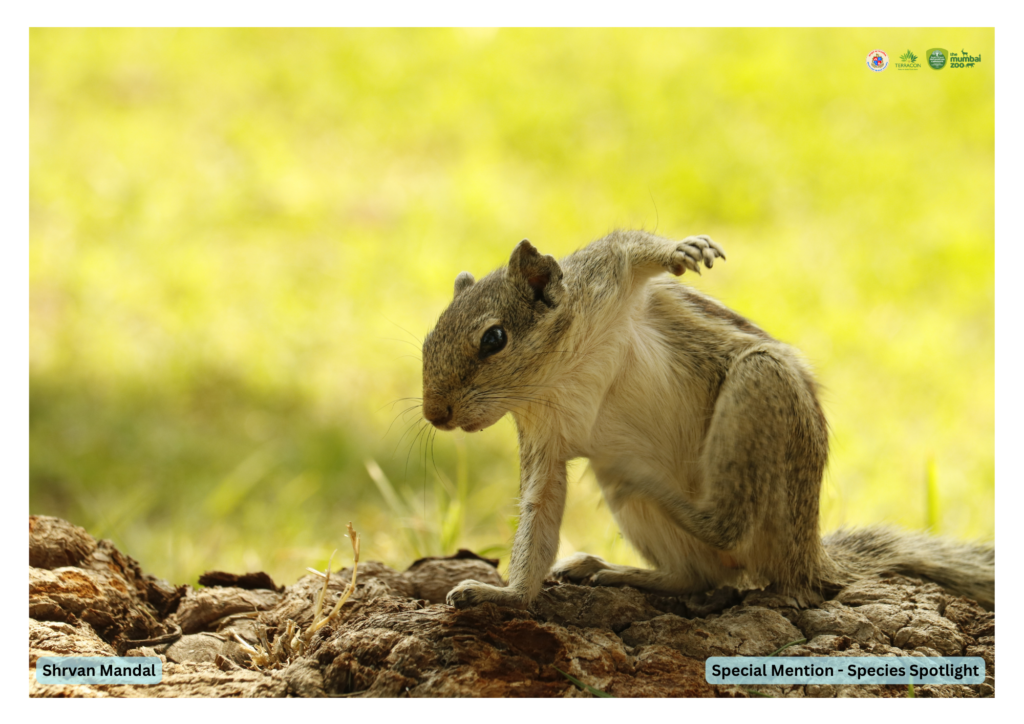
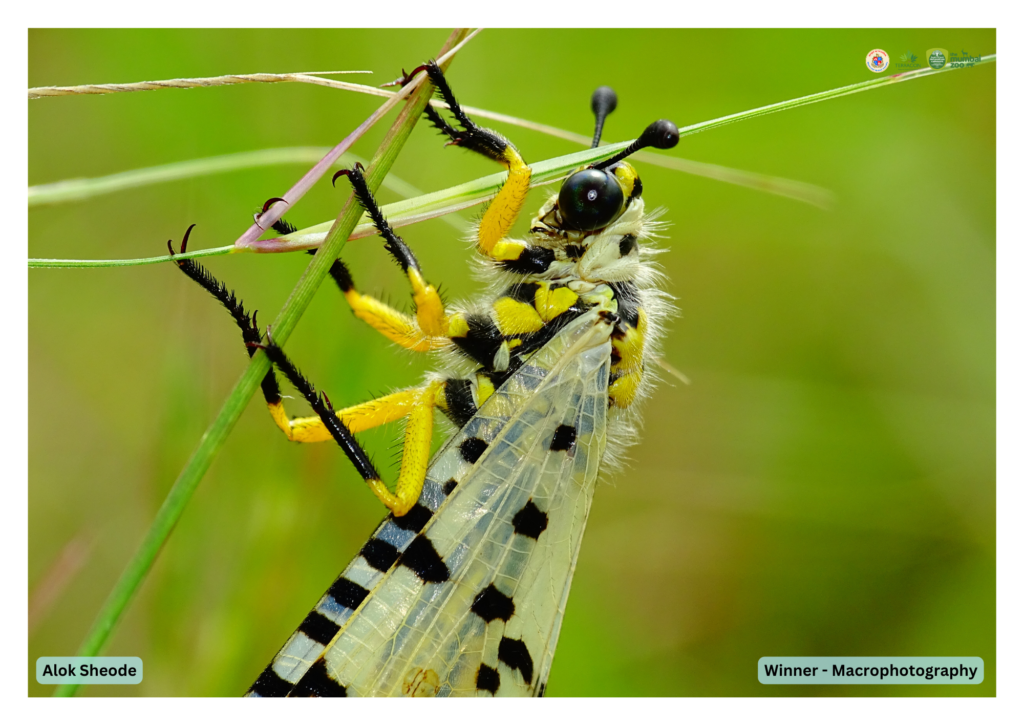
Entries from our previous Wildlife Photography Event 2022
On the other hand, in Mumbai, where I have been staying for the past five decades, I observe that the city is expanding northwards encroaching newer areas, mainly wetlands, mangroves and water bodies. These areas are being converted into urban land for residential, commercial and infrastructure reasons, transforming natural biodiversity. My observations and interactions with friends and fellow professionals on the city’s changing biodiversity have prompted me to study and analyse nature, and the impact of urban land usage on diminishing biodiversity.
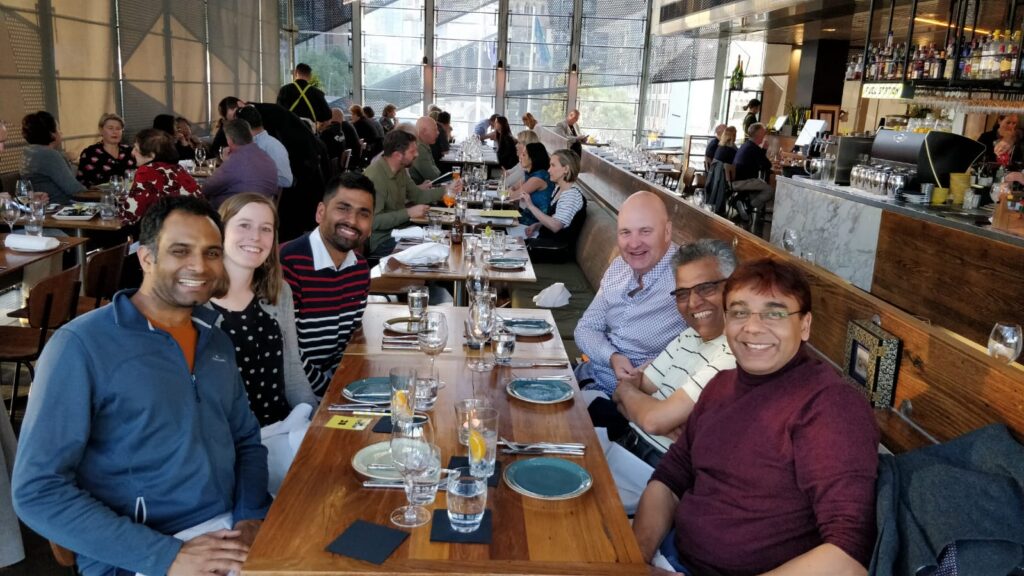
As a long-tenured ecology and biodiversity professional, I see prima facie, that this unchecked damage to the environment and ecological systems would prove to be irreversible. My concern for nature’s rejuvenation and for arresting the large-scale loss of biodiversity offered me an opportunity to document the trees in urban areas including noting their species and functions. While documenting the trees, it was realised that a three-pronged effort would help rejuvenate the ecological balance namely;
· Regulating or minimizing developments and/or restoring possible damage on account of development;
· Raising awareness about the loss of biodiversity and improving understanding about the value of biodiversity;
· Institutional framework for the application of laws for taking corrective actions at the local level.
Our firm, Terracon Ecotech, embodies this mission. By applying nature-based solutions, we aim to restore balance and create a sustainable future. Nurturing nature is not just a task; it’s a promise to secure a healthier, more vibrant world for generations to come. Let’s embrace this responsibility with dedication and passion, ensuring that our legacy is one of renewal and respect for the natural world. Together, we can make a difference and leave a lasting, positive impact on our planet.

Written by
Dr. Ramesh Madhav
Founder and Chairman
Terracon Ecotech
